A common problem of gardeners is a decrease in soil fertility. With intensive cultivation, literally a few years later, carrots, beets and potatoes become small and tasteless, peppers, eggplant and tomatoes often begin to hurt and reduce productivity. To replenish chemical elements in the soil, gardeners introduce mineral fertilizers and manure, thereby increasing the content of nitrates and phosphates in the crop. Siderata is a natural fertilizer with which you can grow an environmentally friendly crop. Let's see how to save and increase the fertility of arable land with the help of green manure.
Content
What is siderata
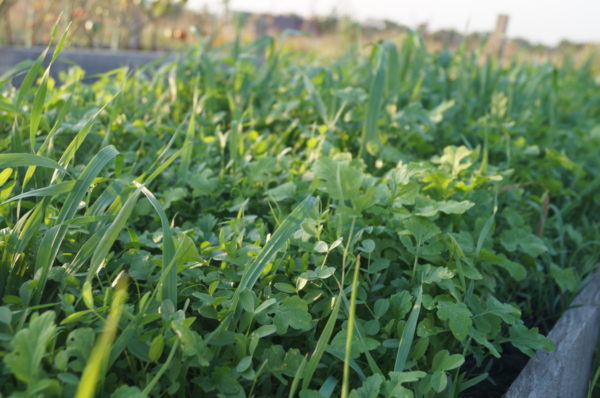 Siderata - these are plants that are grown on arable land at a time when the main garden crops have not yet been planted or have already been harvested. These plants are characterized by high germination of seeds, rapid growth of the aerial parts and a well-developed root system with many processes. During growth, the roots penetrate the soil layer, loosening it, and after death, the plants decompose and enrich the soil with organic fertilizers. The aboveground part retains snow in winter, and after mowing it is buried in the ground.
Siderata - these are plants that are grown on arable land at a time when the main garden crops have not yet been planted or have already been harvested. These plants are characterized by high germination of seeds, rapid growth of the aerial parts and a well-developed root system with many processes. During growth, the roots penetrate the soil layer, loosening it, and after death, the plants decompose and enrich the soil with organic fertilizers. The aboveground part retains snow in winter, and after mowing it is buried in the ground.
To fertilize the soil, different plants are planted. Using various agricultural techniques, gardeners receive various effects:
- loosening of caked soil layer;
- repelling insect pests;
- cleaning the soil from diseases;
- increase soil fertility;
- protection of the upper soil layer from spring drying;
- microflora protection against spring return frosts.
Why plant sidereal crops
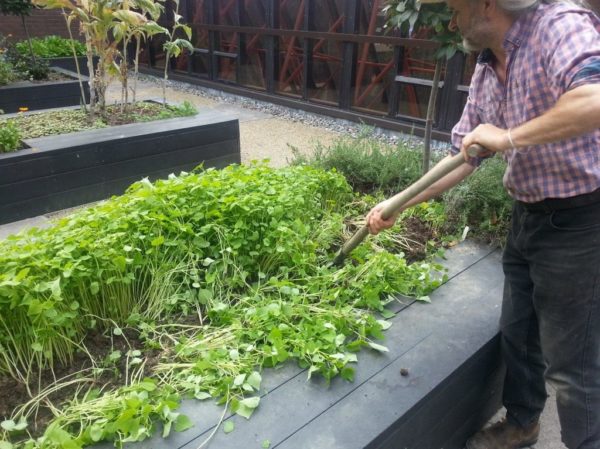 Under the influence of gravity, the earth is constantly compacted. Abundant crops deplete the humus layer and reduce the content of nutrients and microorganisms in it. Air and water slowly enter the compacted caked soil layer, the roots of the plants dry out, the plants do not get the proper nutrition and begin to hurt. Using green manure cultivation technology, gardeners achieve the following result:
Under the influence of gravity, the earth is constantly compacted. Abundant crops deplete the humus layer and reduce the content of nutrients and microorganisms in it. Air and water slowly enter the compacted caked soil layer, the roots of the plants dry out, the plants do not get the proper nutrition and begin to hurt. Using green manure cultivation technology, gardeners achieve the following result:
- rotting roots and tops enrich the soil with nutrients;
- organic plant residues increase the humus layer;
- fast-growing plants displace weeds from the beds;
- reducing the number of pests, ridding the soil of various diseases;
- seeded plants loosen the soil;
- tall stems grown during the fall delay the snow in winter, reducing soil weathering.
When to plant green manure to improve soil
Plants for enriching the soil with organic substances are sown at any convenient time of the year, from spring to late autumn. The maximum effect of agricultural technology is provided by the planting of green manure in the fall before winter.
Advantages of winter sowing:
- it is better to sow green manure in the fall because the winter planting of plants allows moving part of the garden work to fall, thereby freeing up valuable spring time for field work;
- the vegetation period of plants is lengthening. Accordingly, the volume and number of grown stems, leaves and roots increases;
- if green manure is sown before winter, the young shoot that has sprouted quickly in spring will protect the topsoil from the scorching rays of the spring sun and a sharp drop in temperature.
Landing technology
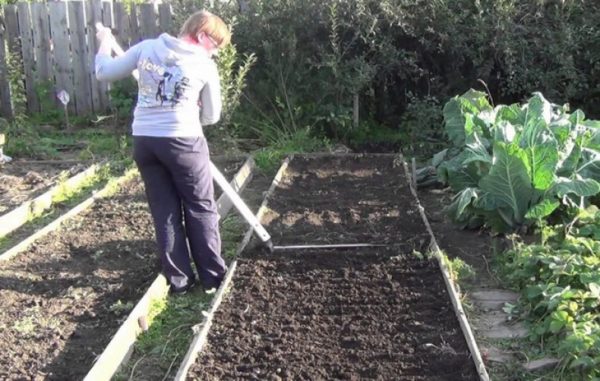 Planting plants on green fertilizer is similar to planting conventional crops. For cultivation, the following algorithm is used:
Planting plants on green fertilizer is similar to planting conventional crops. For cultivation, the following algorithm is used:
- planting of green crops is carried out immediately after harvesting the previous plants;
- before sowing green manure in winter, the ridges are cleaned of the remnants of the previous crop and weeds;
- for the rapid growth of green mass, 40 grams of nitroammophoski and phosphorus-potassium fertilizers are applied to each square meter of the bed;
- the top layer of arable land is dug up or cultivated;
- in dry weather, for better seed germination before planting, the soil is abundantly shed with water;
- sowing of seeds is carried out in a continuous way or in grooves. Landing in the grooves is planned with combined crops;
- seed embedding depth - 2-4 cm. between seeds in a row of 1-2 cm;
- if the predecessor culture was removed from the garden in the summer, green manure is planted twice. Plants with a short growing season are planted for the first time: legumes or grains. After the height of the stem reaches twenty centimeters, the plants are mowed, chopped and mixed with the ground. Shredded stems and leaves in the soil quickly decompose, giving the ground the accumulated organic matter;
- the second planting of sideral crops is carried out in the fall in mid-September or at the very beginning of October. At this time, clover, vetch or grain crops are planted. Before frost, plants manage to grow a branched root system up to ten centimeters of the aerial parts. The stems of plants help to accumulate snow cover on the site in the winter, the root system protects the soil from bloating by the wind. After the onset of warm weather, green manure quickly waking up from hibernation protects the earth's surface from drying out;
- in the spring, before the main garden crops begin to be planted, green manure planted in a continuous way is plowed into the ground. Plants planted in rows are cut, the stems are dumped in the aisles and covered with earth. After 15-20 days, the main culture is planted in this place.
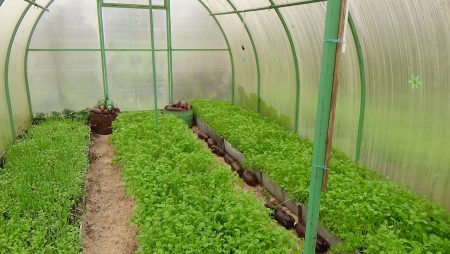 You may be interested in:
You may be interested in:A frequent question for gardeners: is it necessary to dig siderata? To answer it, you need to look at the level of soil acidity. On acidic soils, the decomposition processes are very slow, so the mown stems are left on the arable land for mulching or put into compost. On soils with alkaline or neutral acidity, digging arable land gives an excellent result.
Sowing procedure
Sowing is carried out by seeds. Before starting work, the prepared seeds are poured into a deep bowl and mixed. Small seeds of mustard or phacelia are sprinkled with a fan in the garden. One hundred square meters requires 200 grams of phacelia seeds or 500 grams of mustard seeds. Cereal seeds are usually laid out on previously made furrows. Up to 2 kilograms of seeds are planted per hundred square meters. Then, using a hand cultivator or rake, the seeds are covered with earth. In order for the seeds to sprout together until the seedlings appear, the site is watered several times.
What siderata to sow in the fall
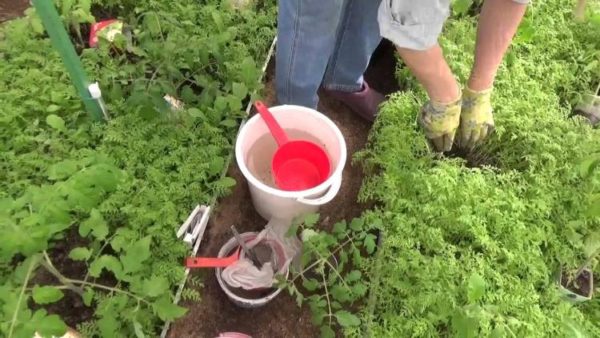 Agronomists to improve the fertility of arable land grow more than three hundred species of plants. Among them, the following families stand out.
Agronomists to improve the fertility of arable land grow more than three hundred species of plants. Among them, the following families stand out.
Legumes
The legume family includes clover, lentils, vetch, lupine, beans, soy. The whole family is characterized by exceptional frost resistance and thick stems with powerful fleshy leaves.Bean seeds are planted in early spring or late autumn. Each of the leguminous plants adds its own set of salts and minerals to the earth:
- beans add a large amount of nitrogen to the soil; for complex enrichment of the soil, peas and vetch are planted together with beans;
- vetch enriches the earth with oxygen and organic matter. Wiki landings can go well with rye or wheat;
- clover adds potassium to the ground;
- Lupine is almost as good as manure in the amount of various organic compounds;
- alfalfa adds nitrogen and phosphorus to the earth.
Buckwheat
Buckwheat is planted as a siderate from the buckwheat family. Excellent results are obtained if it is planted on compacted clay soils. Buckwheat enriches the earth with potassium and phosphorus.
Cabbage
The cabbage family includes mustard and rapeseed. Both plants are characterized by a large volume of stems and leaves. Siderat mustard and rapeseed planted in the autumn before winter scare the wireworm away from the ridges and replenish the arable land with sulfur and phosphorus.
Cereal
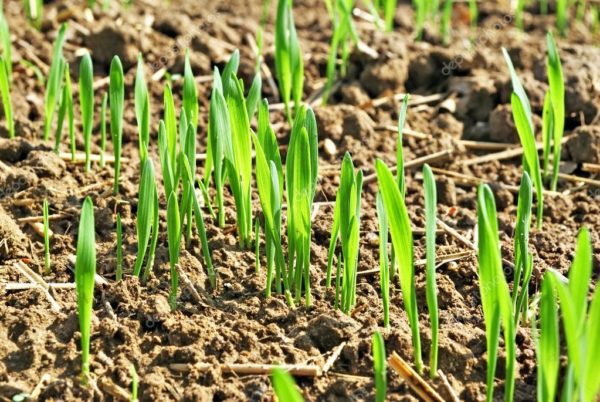 From the whole family of cereals, oat, rye, and barley are used as sidereal crops. Planting oats for winter is used in a mixture with vetch and peas to enrich the soil with potassium. Rye and barley loosen the soil and improve its structure. Cereal crops are extremely frost-resistant, they do not freeze even in severe snowless winters. Thick seedlings of cereal crops actively displace weeds from arable land, destroy pathogens of fungal diseases, and the roots repel the nematode.
From the whole family of cereals, oat, rye, and barley are used as sidereal crops. Planting oats for winter is used in a mixture with vetch and peas to enrich the soil with potassium. Rye and barley loosen the soil and improve its structure. Cereal crops are extremely frost-resistant, they do not freeze even in severe snowless winters. Thick seedlings of cereal crops actively displace weeds from arable land, destroy pathogens of fungal diseases, and the roots repel the nematode.
Cruciferous
From the cruciferous family, to increase the fertility of arable land, oil radish is planted. Radish very quickly forms a powerful root system, and produces many green shoots.
Borax
In the borage family, phacelia is grown as a “green fertilizer”. The plant tolerates low temperatures perfectly, grows on any type of soil. Phacelia seeds give friendly dense shoots. Overtaking in growth and displacing from the ridge, phacelia weeds quickly grow to a height of 50-100 cm. After mowing, foliage and stems enrich the earth with a large amount of nitrogen. Phacelia does not have common diseases with garden crops, so it can participate in crop rotation with any vegetable crops.
The choice of culture for winter planting
The choice of plants for planting depends on the type of soil and plants of predecessors. When choosing a culture, plants belonging to the same family cannot be sown sequentially. For example, do not plant mustard after radishes, because they have common pests and diseases.
For nightshade (potato, eggplant, tobacco, tomato, vegetable pepper) and pumpkin (cucumber, pumpkin, watermelon, zucchini) crops, the optimal preceding plants would be oats, rye, lupine, mustard or sweet clover.
For beetroots and carrots, good predecessors would be winter oilseed radish, peas, vetch, mustard, and rapeseed. During growth, these plants loosen the soil layer and inhibit the germination of weed seeds. After smelling, the stems enrich the soil with salts and minerals.
To clean the land from viral and bacterial rot, sow oats, vetch, rape, legumes, annual ryegrass, fatseliya. After them, pumpkin and nightshade crops grow beautifully.
To loosen and change the structure of clay soil, green manure with a strong root system is planted: rye, oil radish or narrow lupine. After a few years, the soil becomes soft and crumbly.
Protect ridges from wireworms and nematodes such siderates like mustard, nasturtium, oil radish, calendula.
On arable land with excess moisture, sardanella and lupine can be planted in winter siderats; rape, phacelia, and rape are grown to normalize soils with low humidity.
Conclusion
Autumn planting of green manure crops in the garden does not require much time and high financial costs. The result of growing green manure in the garden is an increase in the humus layer of the soil, saturation with organic compounds and microorganisms, and, ultimately, constant abundant crops.

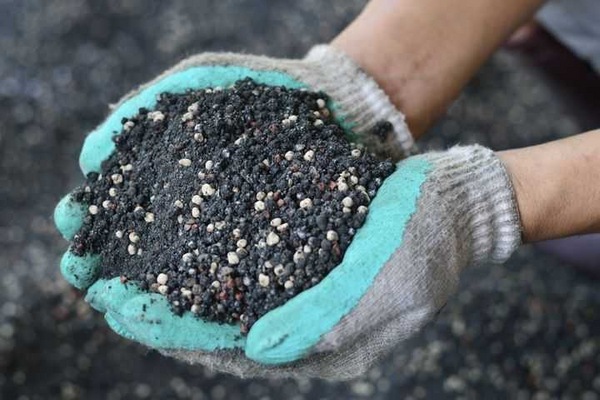
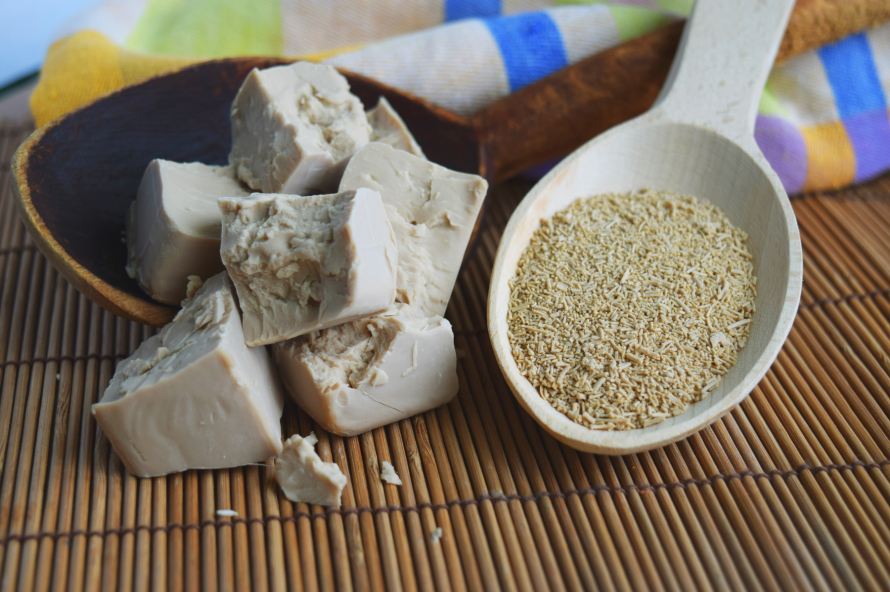
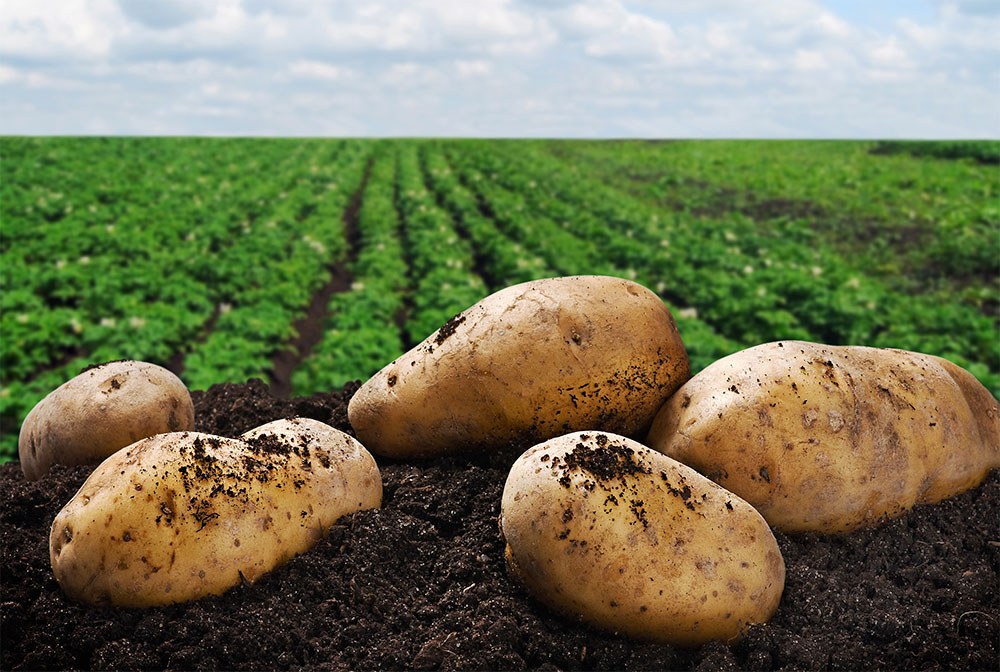
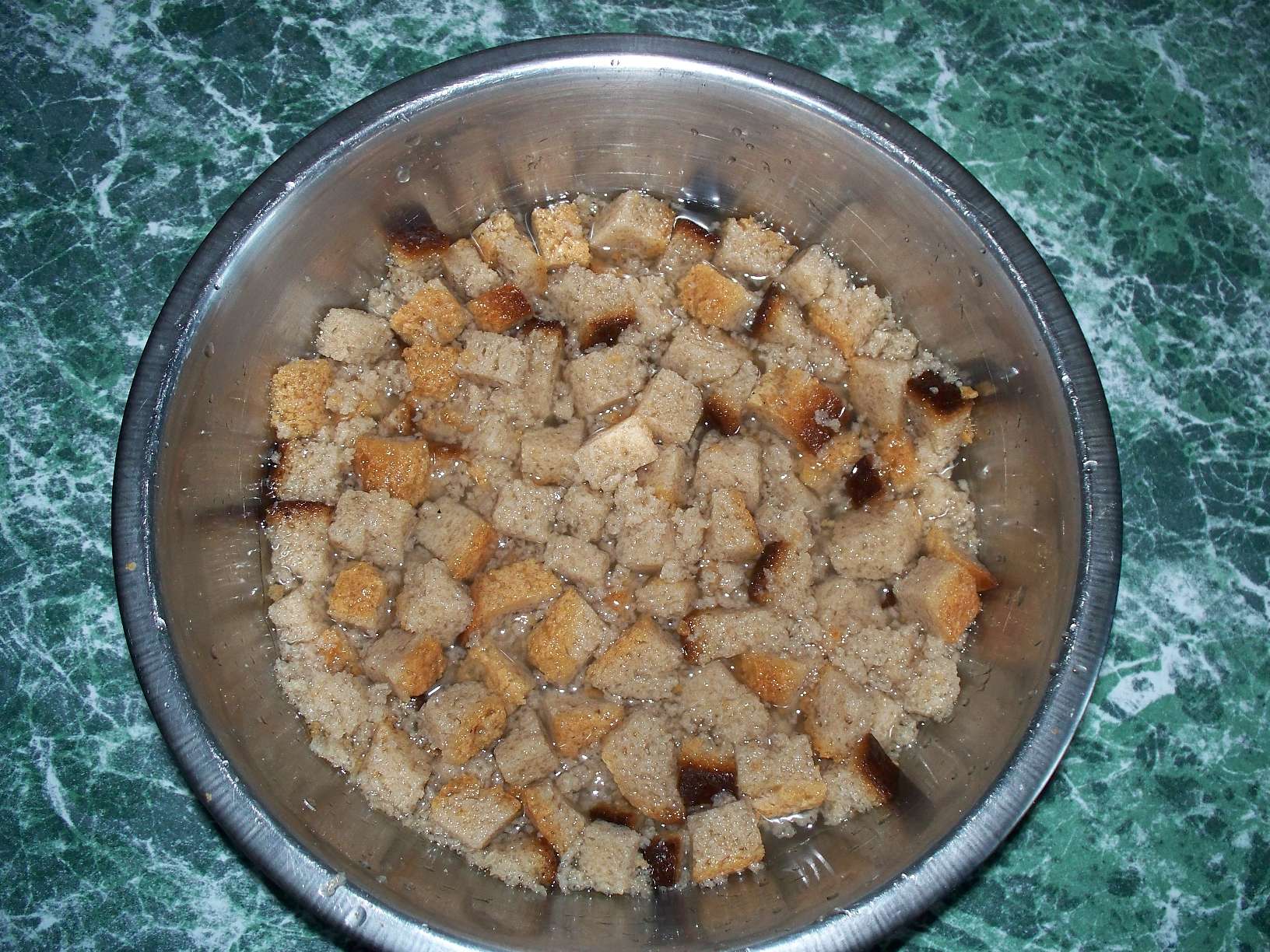 How to make bread infusion for feeding cucumbers
How to make bread infusion for feeding cucumbers Superphosphate: what is it and how to apply it
Superphosphate: what is it and how to apply it What problems can be expected from siderats?
What problems can be expected from siderats? Secrets of the collection, storage and use of eggshells in the garden
Secrets of the collection, storage and use of eggshells in the garden